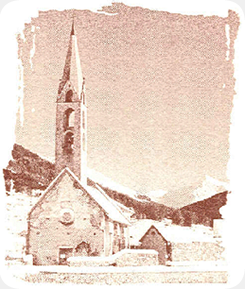Speaker
Description
Coalescence is one of the main models used to describe the formation of light (anti)nuclei. It is based on the hypothesis that two nucleons close in phase space can coalesce and form a nucleus. Coalescence has been successfully tested in hadron collisions at colliders, from small (pp collisions) to large systems (Au-Au collisions). However, in Monte Carlo simulations (anti)nuclear production is not described by event generators. A possible solution is given by the implementation of coalescence afterburners, which can describe nuclear production on an event-by-event basis. This idea would find application in astroparticle studies, allowing for the description of (anti)nuclear fluxes in cosmic rays, which are crucial for indirect Dark Matter searches. In this presentation, the implementation of event-by-event coalescence afterburners will be discussed, focusing on different approaches and on the comparison with the experimental results for different collision systems.
| Topic | Nuclear Structure and Nuclear Astrophysics |
|---|

